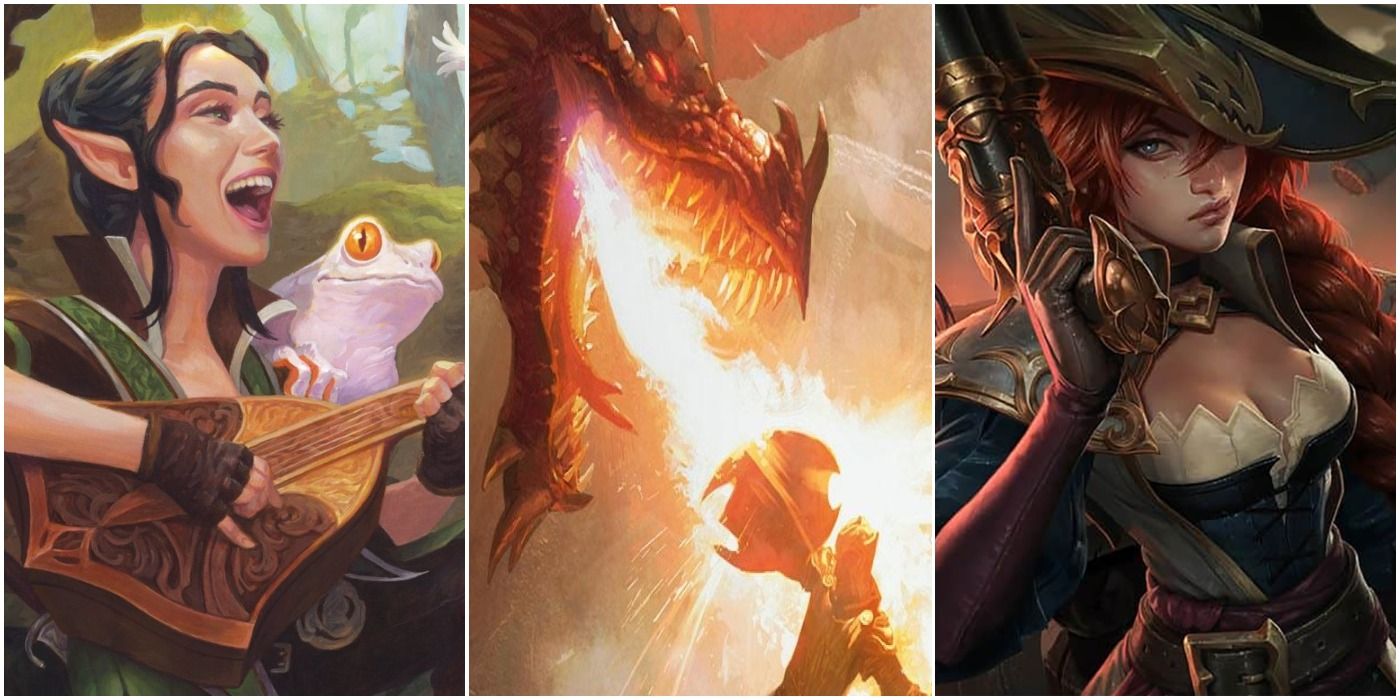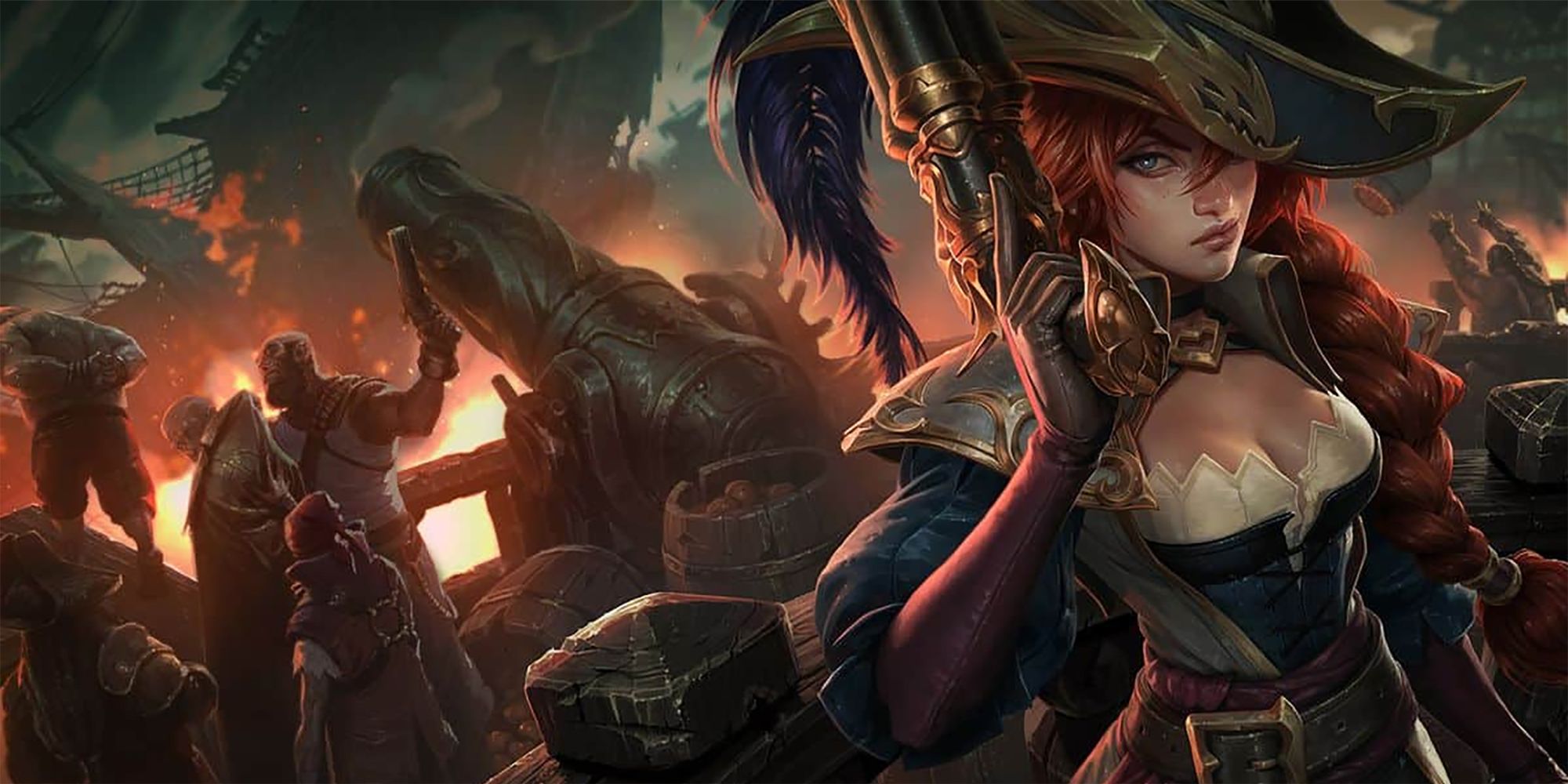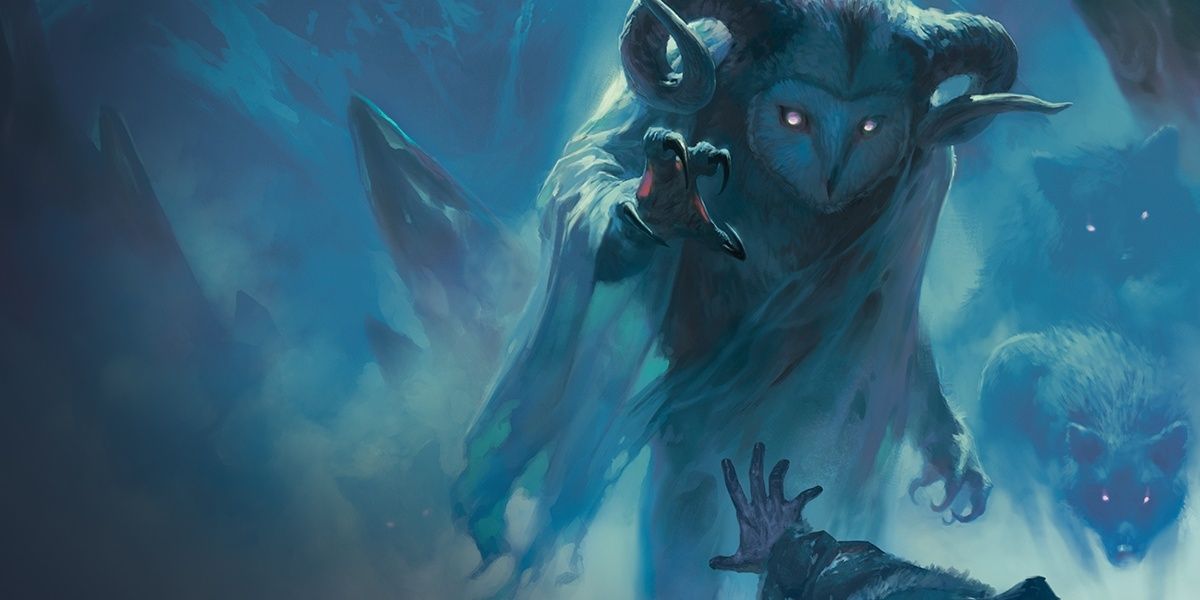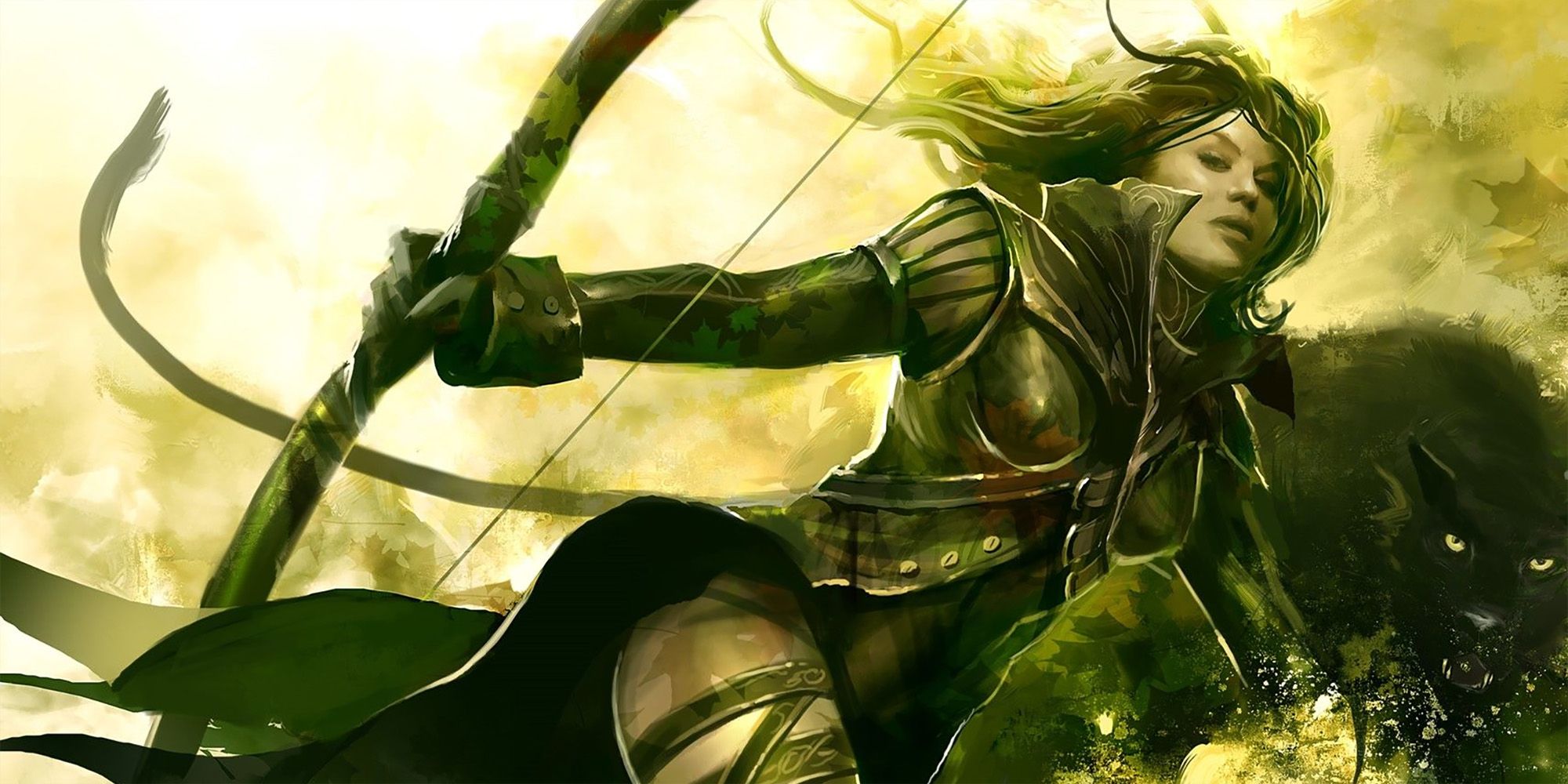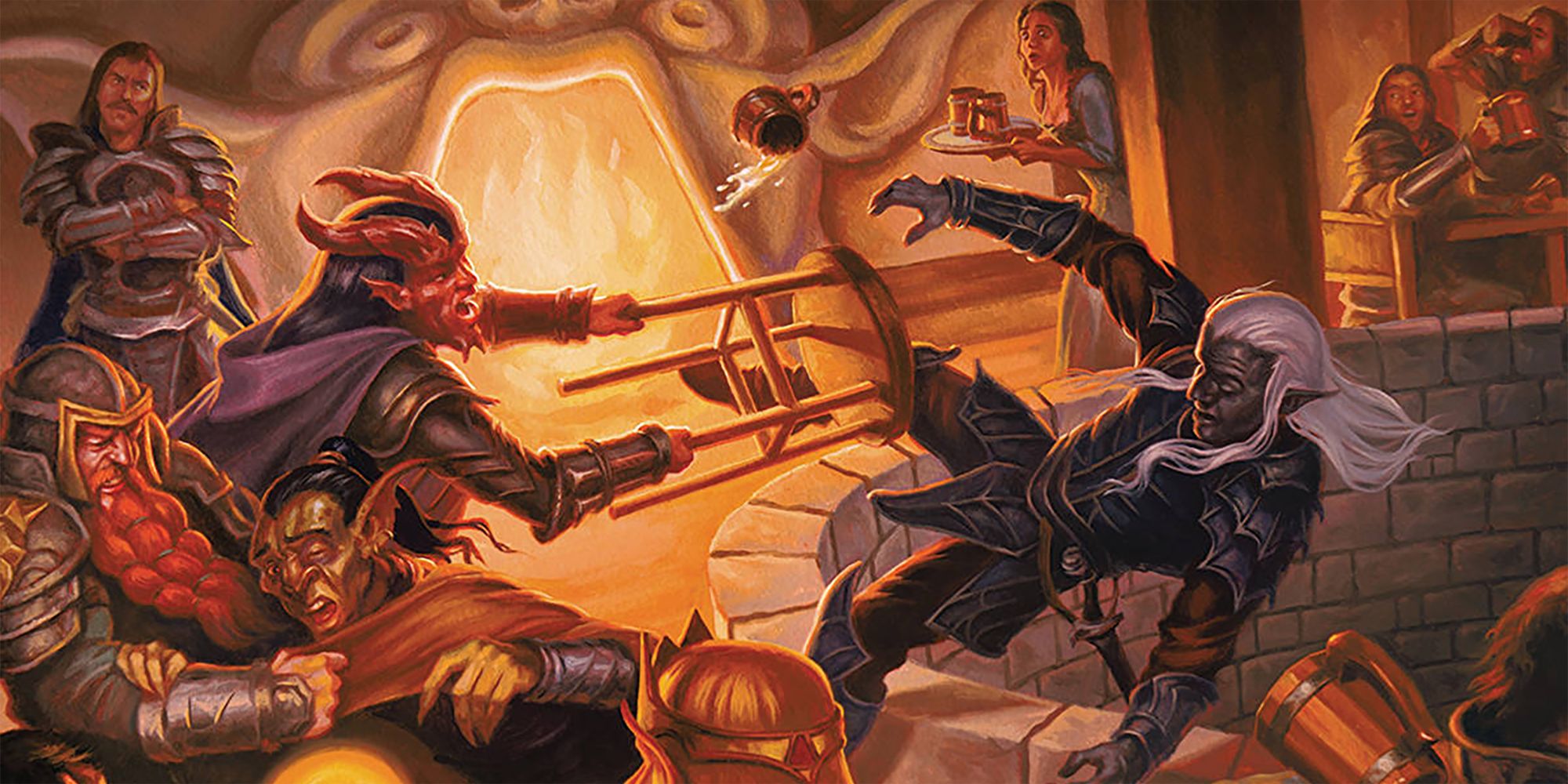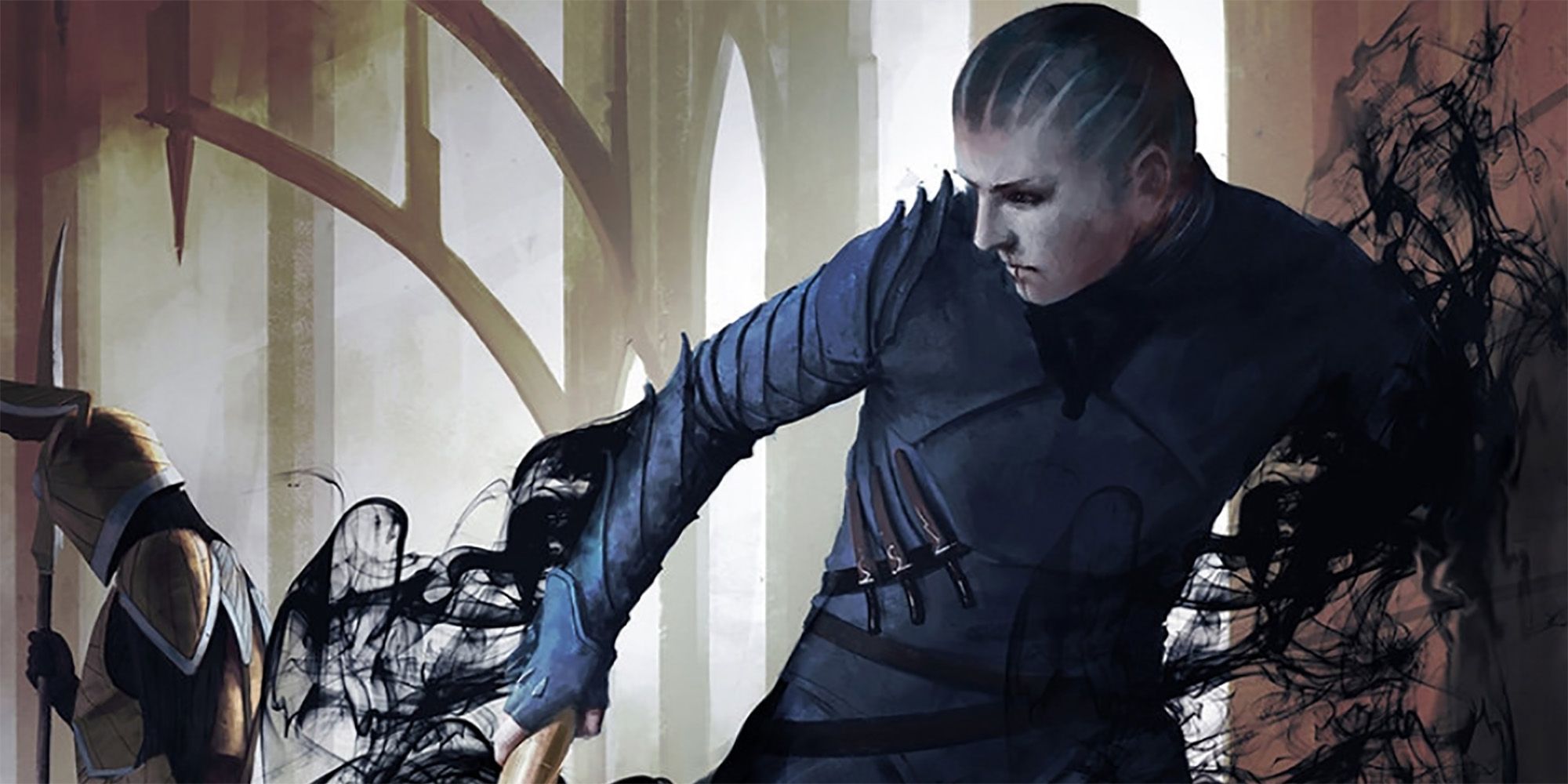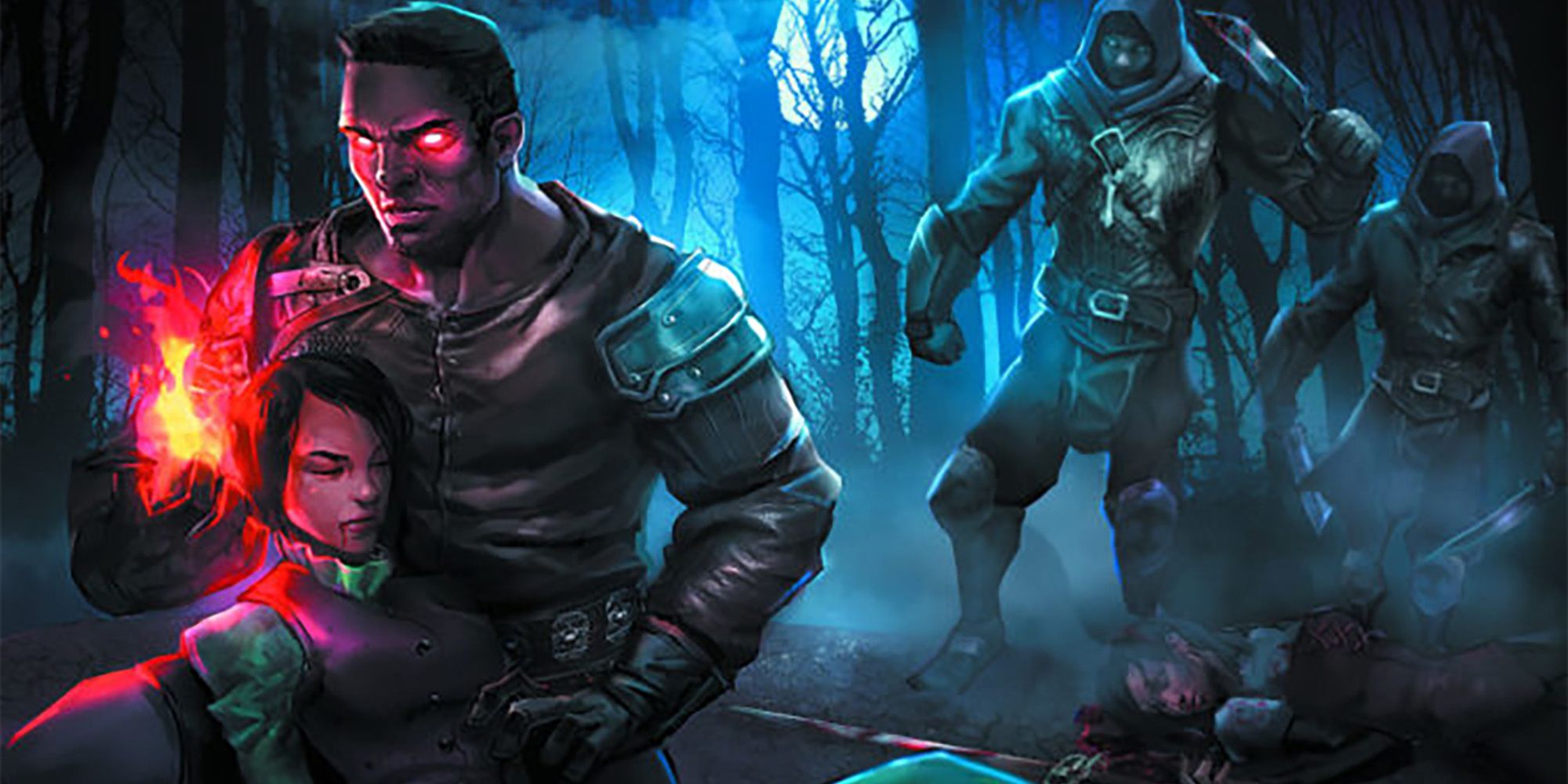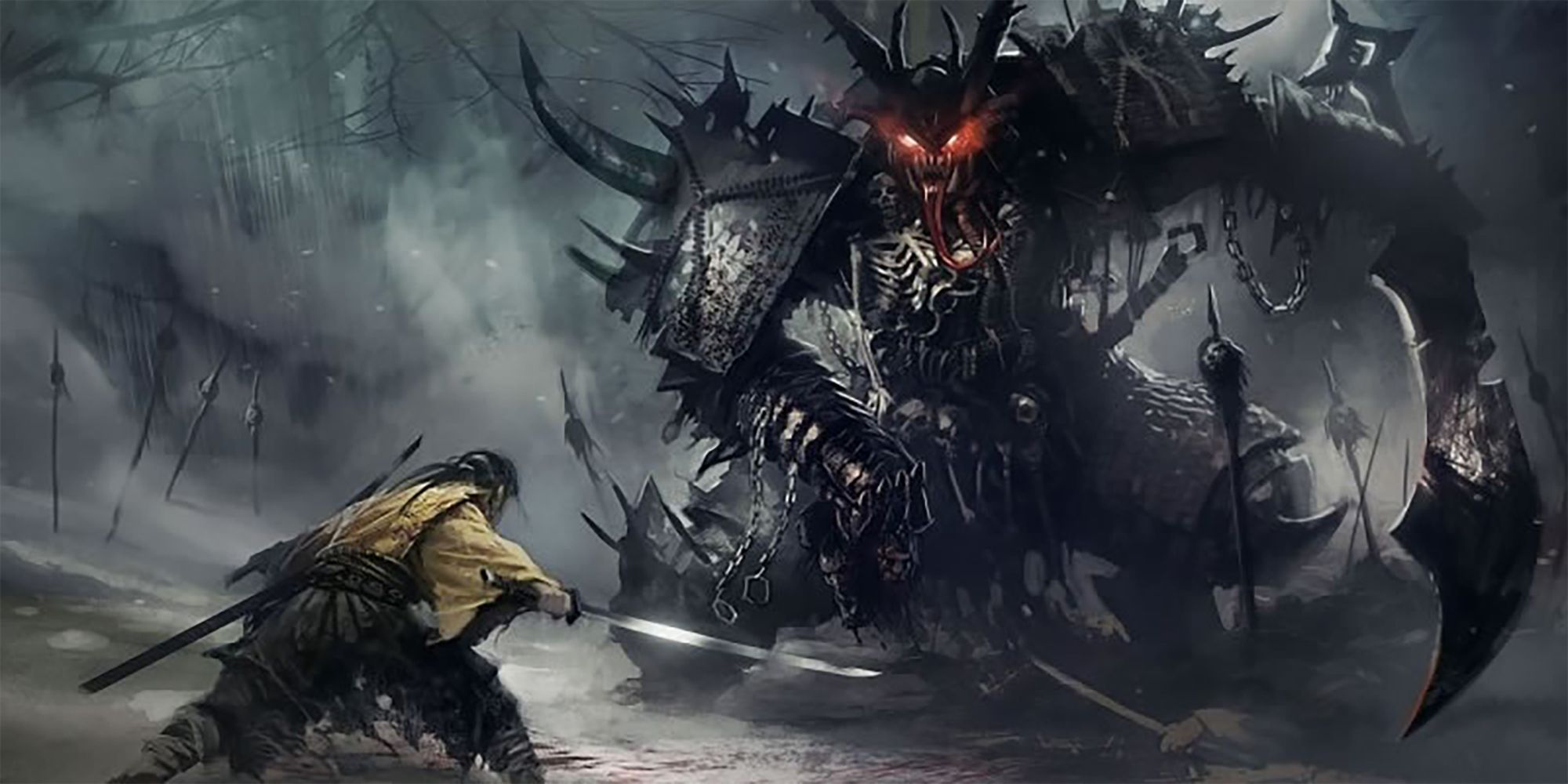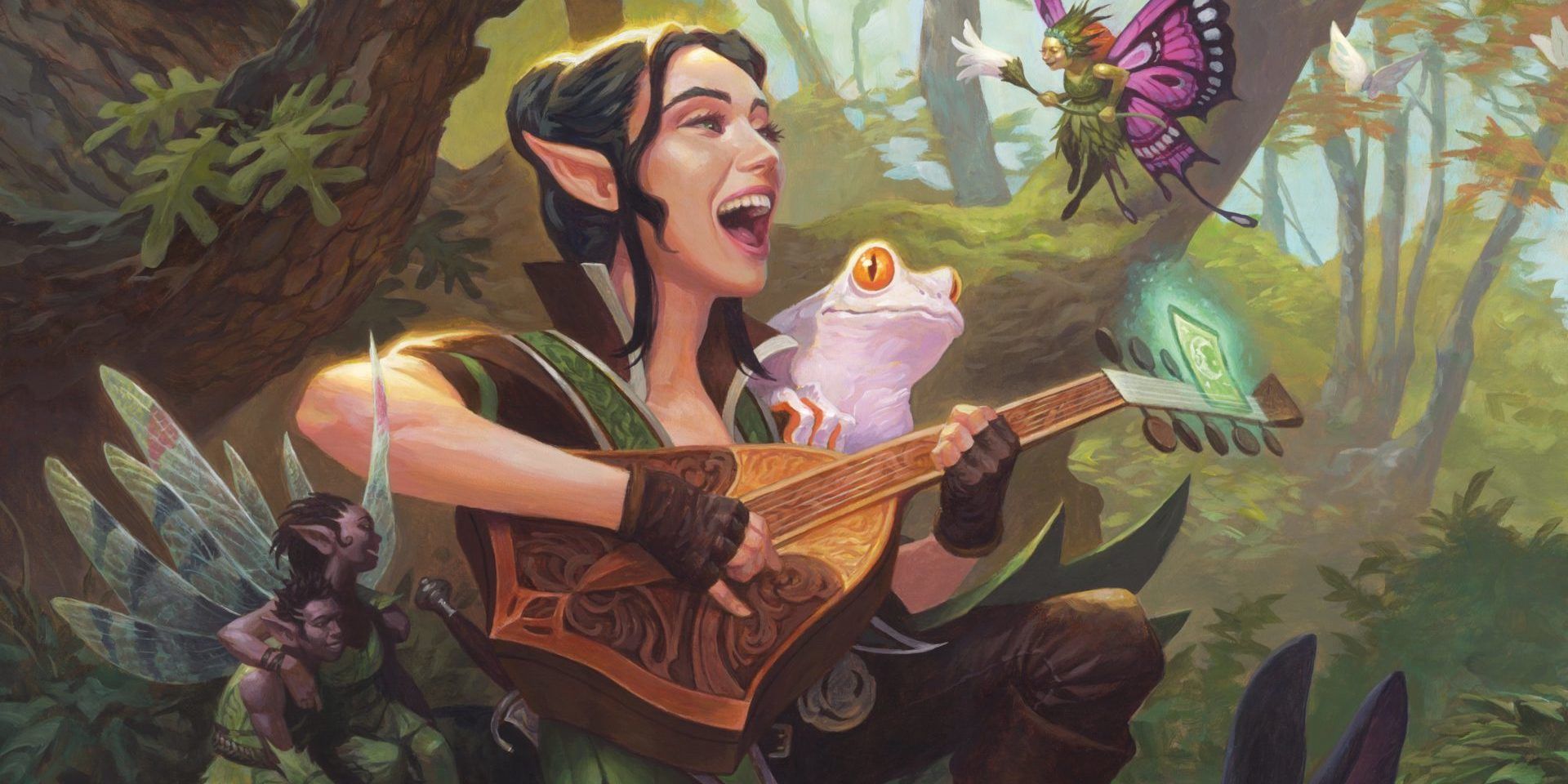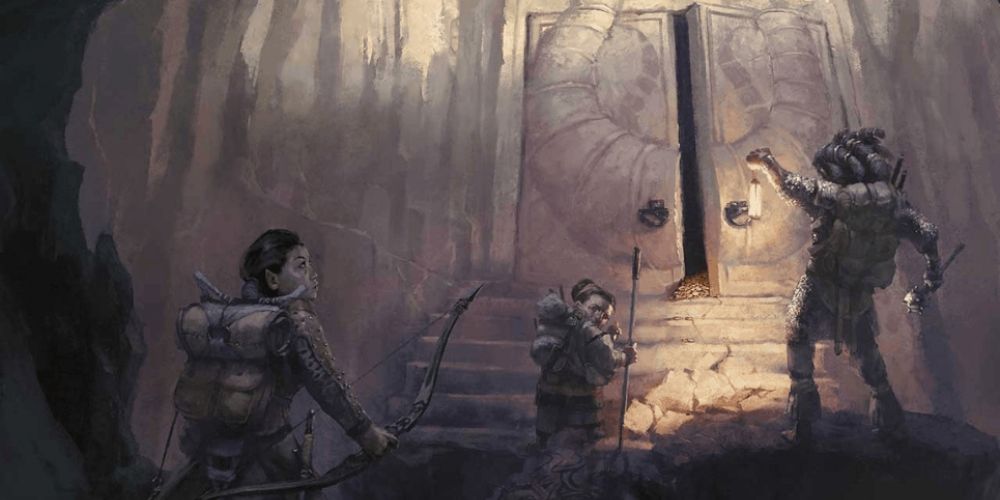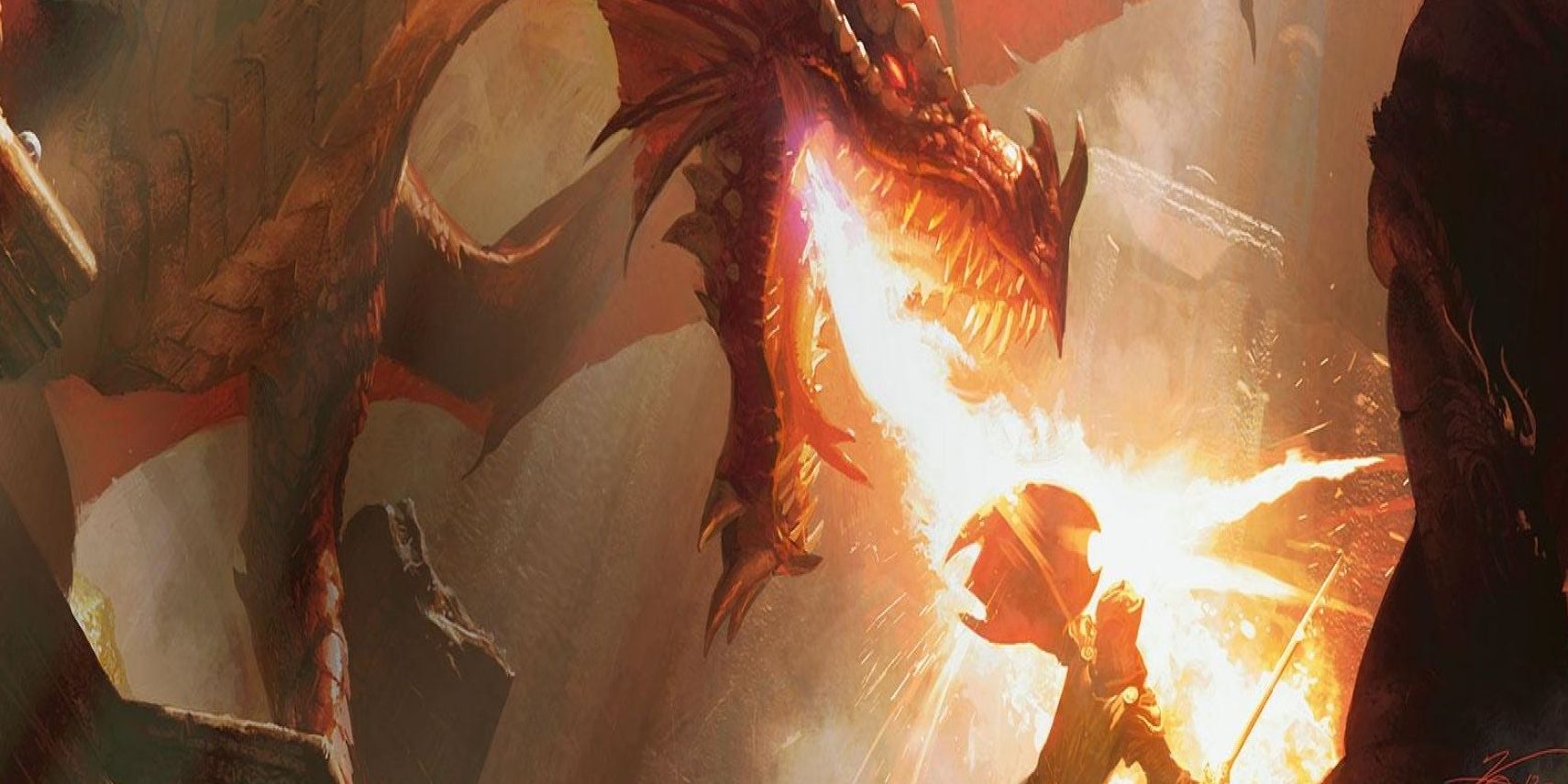In Dungeons and Dragons, it is not uncommon for some campaigns to go on for months, or even years at a time. Occasionally, when playing out a story over such a long period of time, a campaign can lose focus and subsequently the interest of the players and Dungeon Master.
There are a few ways for a DM to bring a game back on track in such a situation. Sometimes it is as easy as introducing a new character into the story or redirecting the focus back towards the main story, while other times the situation may call for more drastic measures.
10 Introduce A Intriguing New Character
One of the best and easiest ways for a Dungeon Master to spice things up in a campaign is to introduce a new NPC, but not just any NPC: one with a deep story and some kind of connection to either the current plot or one of the characters in the party.
Introducing such a character is easy enough, but weaving them into the story enough that they add a new dynamic to the campaign can be a bit more tricky. Rather than having them simply be a quest-giver, consider having them join the PCs on their adventure, giving the group time to get invested in this new character's story and personality before making a big reveal on how they tie into the plot.
9 Tie A Side-Quest Into The Main Plot
Sometimes the cause of a meandering D&D campaign is the lack of forward momentum towards an overarching plot or goal. While side-quests can be an important diversion, if they go on too long the story may begin to stagnate. In such situations, tying those side-quests back into the main story can be a quick way of redirecting the focus.
If this happens while in the middle of such a side-quest, there are a few easy ways to tie things back into the main story. Having one of the villain's minions make an appearance, introducing a crucial piece of lore somewhere in the adventure, or having a piece of loot the group finds be something important for the greater story are all great ways to get things back on track.
8 Bring Up Elements From A Character's Backstory
Many D&D players enjoy building deep backstories for their characters, and few things will be as satisfying for such a player as having those story beats come up during the main campaign. This is fun for the player in question, but the other members of the group will often get just as much enjoyment out of delving into one character's story.
This can go a long way towards reinvesting a player into the campaign if their interest is seeming to wane. Should the Dungeon Master notice this, bringing in some part of their backstory, particularly a related NPC, can be one of the best ways to recapture the player's attention.
7 Play A Session Related To The Main Story But With Different Characters
While it may seem counterintuitive to attempt to fix a meandering campaign by playing a session with entirely different characters, if done well this can be an excellent chance to build up interest in a particular storyline and give the players a sense of agency over the worldbuilding and lore.
The key to making such a diversion work is ensuring that the story is directly tied into either an important part of the plot, or one or more of the character's backstories, and having some elements that come up throughout the session appear later on in the main campaign as well.
6 Add In An Element Of Mystery To The Story
Mystery is one of the most engrossing elements a storyteller can use, which is why it is seen so often in nearly every form of media. Adding it to a D&D campaign can be the perfect way to get the players engaged with the story.
The keys towards having an engaging mystery are to make it something the players and their characters are excited to uncover. The murder of a known NPC, the theft of some important object, or even just a strange and eccentric character that seems to have some odd connection to the story are all excellent ways to add a dash of mystery to the campaign.
5 Put A Favorite NPC In Danger
As most Dungeon Masters know, it is quite typical for a group of players to get attached to certain NPCs sometimes the ones they least expect, and capitalizing on the player's affection for these characters can be the perfect ace up the sleeve for any DM looking to spice things up.
Having these NPCs come into some form of danger is sure to invest the players in saving this character, but even more so if it is the actions of the players themselves that put the character in danger in the first place. Nothing will motivate a group like a character to save, an enemy to defeat, and a deep and abiding sense of guilt.
4 Have The Main Antagonist Make An Appearance
While this will not work in every D&D campaign, those that feature a visible antagonist would do well to remind the players and their characters just what it is they're coming up against. Having the main villain show up in a seemingly unrelated quest is a great way to surprise the players and reinforce the goal they're going after.
One thing to remember in such a situation is that if the group of players is particularly bold and aggressive, they may see this as an opportunity to take down the villain right there. Handling such a situation carefully can be important, but giving the players a show of power and reminding them of how dangerous their enemy is can give them a good reason to keep pursuing opportunities to get stronger.
3 Focus On One Of The Other Pillars For A Time
Occasionally the reason players may begin to lose interest in a campaign is that there is simply too much of one particular element. Too many sessions of pure combat, an excessive amount of downtime between moments of action, or simply being stuck in one place for too long can all lead to players getting bored or disinterested.
Switching things up by putting the focus on one of Dungeons & Dragon's other pillars can sometimes be the simplest way of solving such a problem, and can help keep the campaign feeling fresh when things begin to stagnate.
2 Set Up A Shocking Twist
Nothing will bring players back into the game like a good twist, the more shocking the better. Having an important and seemingly helpful NPC suddenly turn out to be working for the enemy or having a well-known character turn out to be a doppleganger are just a few examples of ways to throw the players for a loop.
One important thing to remember is that twists should be used sparingly. Using them too often will cause the players to become numb to their effect, and may be seen as tacky if they happen all the time. When done right, however, few things will have the impact of a good plot twist.
1 Have Something Tragic Happen To A Beloved Character
Of all the ways to change things up in a campaign, this is the one a Dungeon Master must use most cautiously. If done right, the death of a beloved character can be a hugely powerful moment in the story. But if done poorly, this may seem like a cheap trick to play on the party's emotions.
It is important when executing such a story element that the events that unfold be deeply tied into the story, the character in question, and the PCs. Having a tragedy befall a well-known character should feel like a natural evolution of the plot and not something that comes out of nowhere, played simply for shock value.

